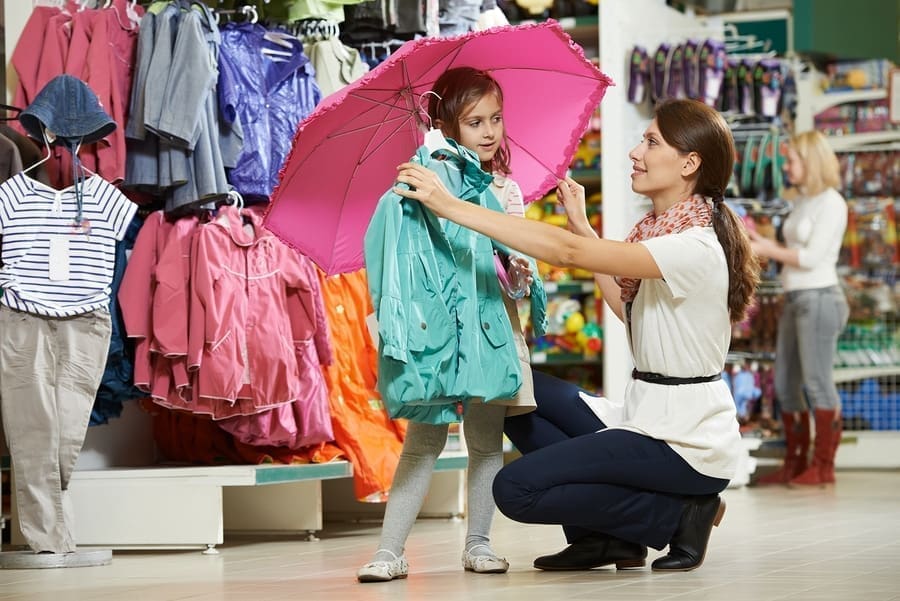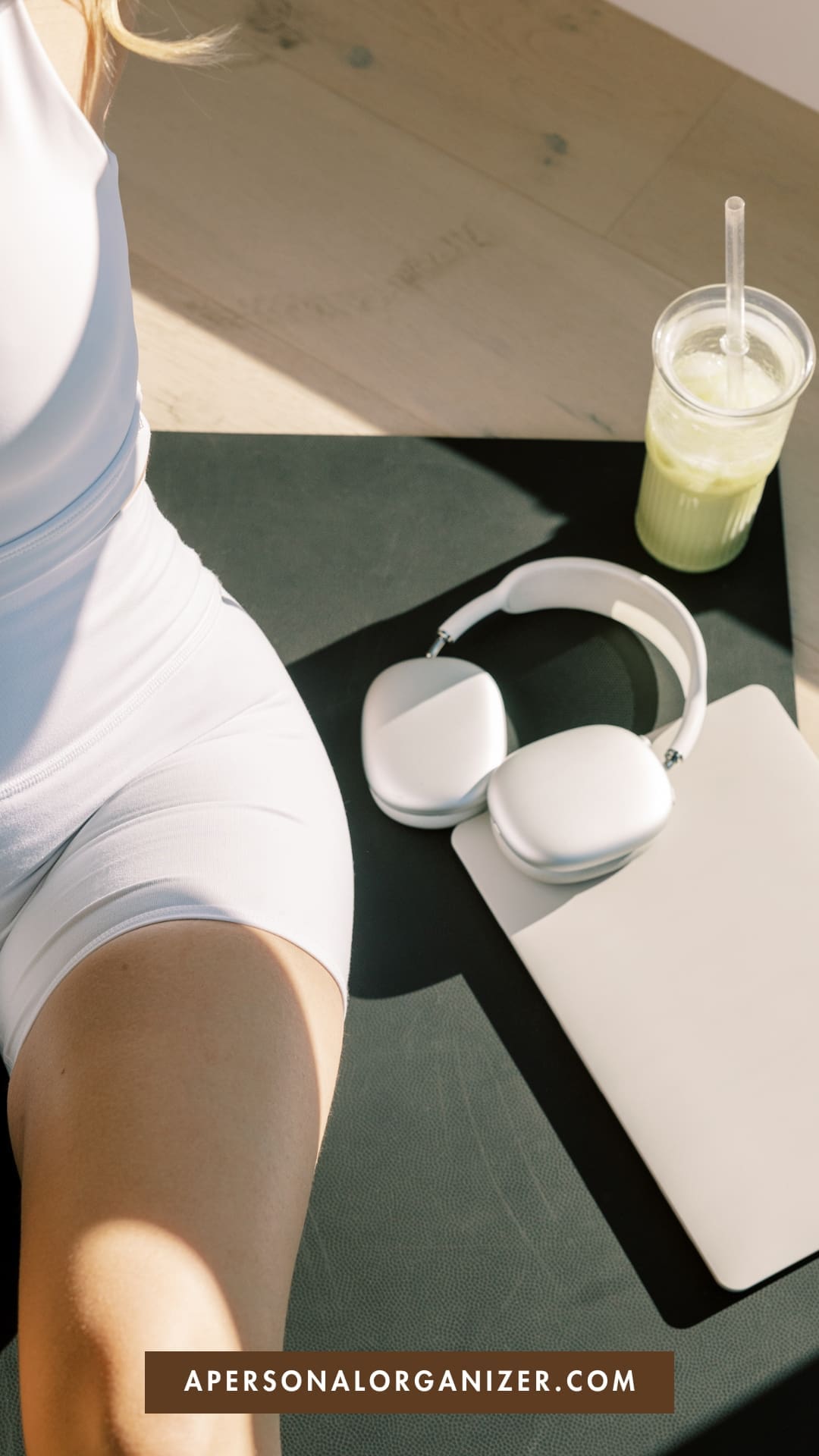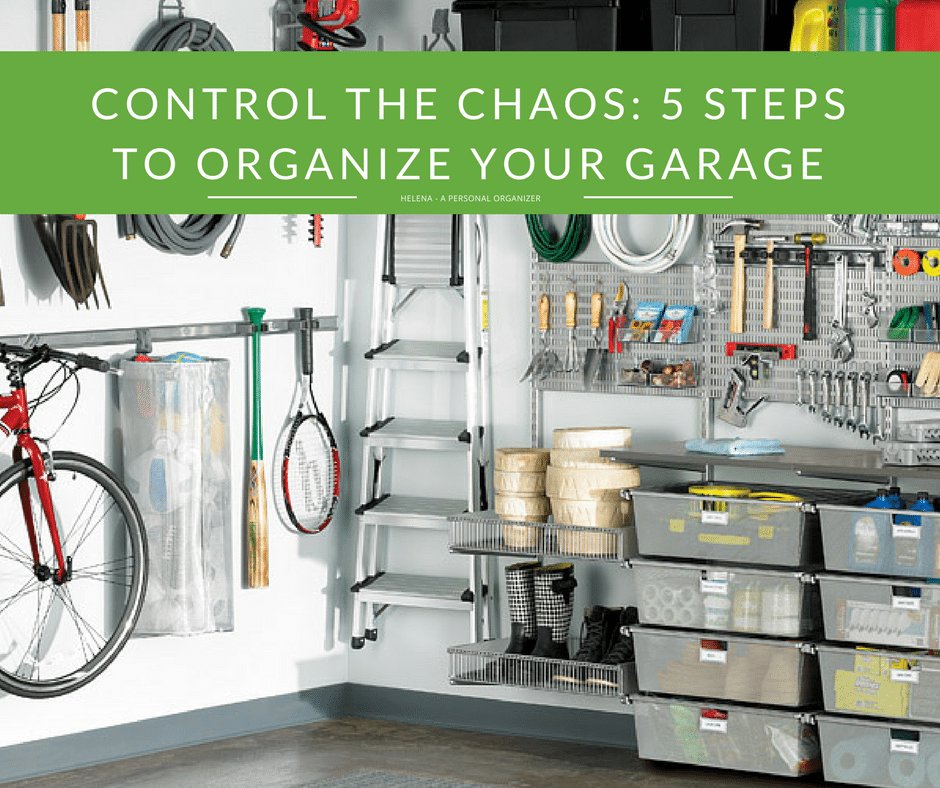Stretching Your Kids Wardrobe This Back-to-School Season
As back-to-school approaches, it’s time to trade in our summer clothes for sweaters and jeans. Changing seasons often requires some updating to last year’s wardrobe—especially with children.
Depending on where you live, it may be possible to stretch summer clothes far into fall. However, the start of school is a great time to review your children’s wardrobes and add a few items as needed.
As adults, the uncomplicated approach to a new season can simply involve resurrecting the previous year’s items and rearrange these items to the front of your wardrobe. Any changes to particular items are generally dictated more by fashion or personal preference than by fit.
For growing children the change of season often dictates a totally different approach. Depending on the individual child and their age, they’ll outgrow clothing at different rates from one year to the next. Sometimes you can get away with adjusting a hem, but in many cases, a growth spurt requires a complete wardrobe overhaul.
If your child has outgrown almost all their clothing, your first reaction may be panic. But before you pull out your credit card and embark on a stress-induced shopping spree with your child, review these 5 practical tips to save time, stress, and money.
Invest the Time
Invest the time to go through each child’s existing wardrobe. If the idea of this task is stressful for you and your children, consider breaking it down into smaller, manageable parts.
You could concentrate on one child’s wardrobe at a time, or break the exercise up over several days by going through a dresser first, then the closet or even a drawer a day. If you split the process up, spend 15-30 minutes per day going through a particular section—jeans one day and tops the next.
Avoid Guessing
Avoid guessing whether an item fits or not. Holding an item up against his or her body is a good way to see if an item is obviously too small, but it can’t tell you if it actually fits.
If it’s been several months since your child has worn an article of clothing, take the time to physically get them to TRY EACH ITEM ON. You’ll be amazed at how much more accurate your assessment will be by basing your judgments on practical testing and not calculated guesswork.
You’ll be amazed at how much more accurate your assessment will be by basing your judgments on practical testing and not calculated guesswork.
Working From Oldest to Youngest
If you have children of the same gender, consider WORKING THROUGH THEIR WARDROBES FROM OLDEST TO YOUNGEST.
Working in this order will give you the opportunity to find pre-loved and outgrown items from an older sibling that can be passed down to a younger sibling. After you’ve completed the oldest child’s wardrobe review,
After you’ve completed the oldest child’s wardrobe review, add potential items to the younger child’s wardrobe for them to try on. There are two benefits to this process. Younger siblings can find themselves with a brand new (to them) wardrobe. Minimizing the requirements for any one child’s wardrobe can result in significant savings in time and money.
Be Selective
Only keep items your child and you feel confident he or she will wear. If your child appears uncomfortable wearing a particular item, ask if he or she feels they will wear it or not. If the answer is a resounding no, or their body language relays the same message, seriously consider removing that item from his or her wardrobe. If your child is not going to wear it, it’s likely going to end up just taking up space in the closet.
Learning to respect your child’s preferences and choices is an exercise that long term will not only save you heartache but save your well-earned money as well.
Sell or Donate
Sell or donate items of clothing that can’t be used by immediate family members, relatives or friends. You may wish to occasionally keep an item of clothing as a keepsake, but for the most part, clothing serves its purpose when it is being worn and used.
If an article is no longer worn, why not sell or donate it? Not only is it a wonderful feeling to be able to give something to someone else, it can also be an extremely liberating feeling to clear your physical space. It will make room for current clothing and reduce clutter and stress.
Resources You Might Find Useful
- Thread up – Request a bag (paid) and send your clothing items for appraisal. You’ll receive 40% of the resale value or you can request the return of the items.
- Kid to Kid – Shop around while the store appraises your goodies. You’re paid in cash or in credit.
- Or find here a local kids’ clothing consignment store: http://www.kidsconsignmentsales.com/
I know these tips require an investment of your time and energy, but I promise you will be well rewarded for your efforts. Armed with accurate information about your child’s existing wardrobe well before you part with a single cent, you will invest your time and money into the most appropriate and needed items for each child.







